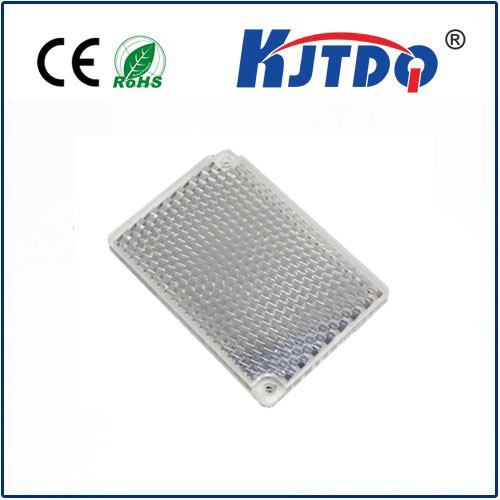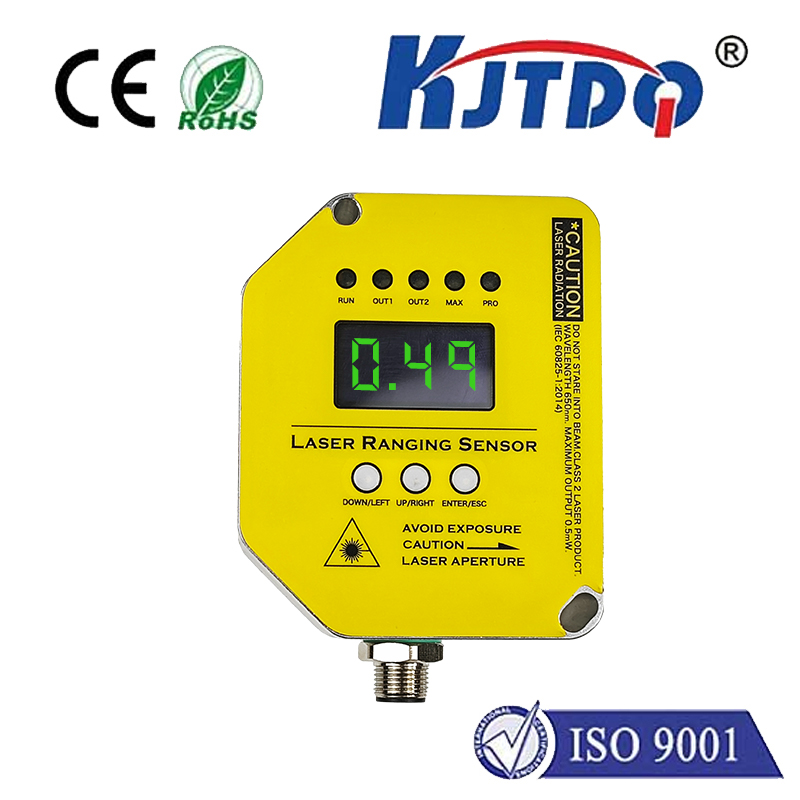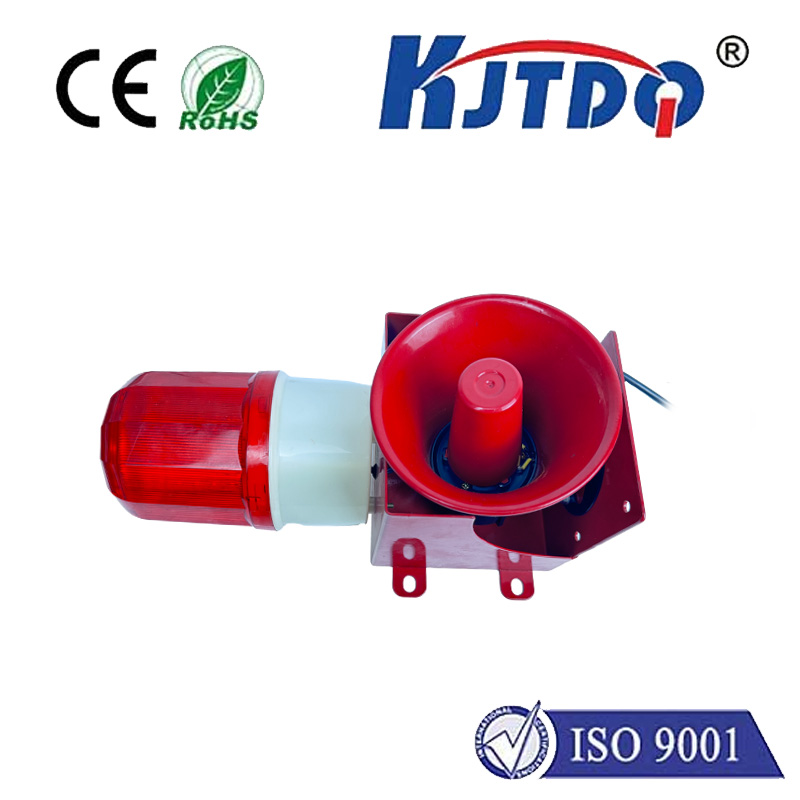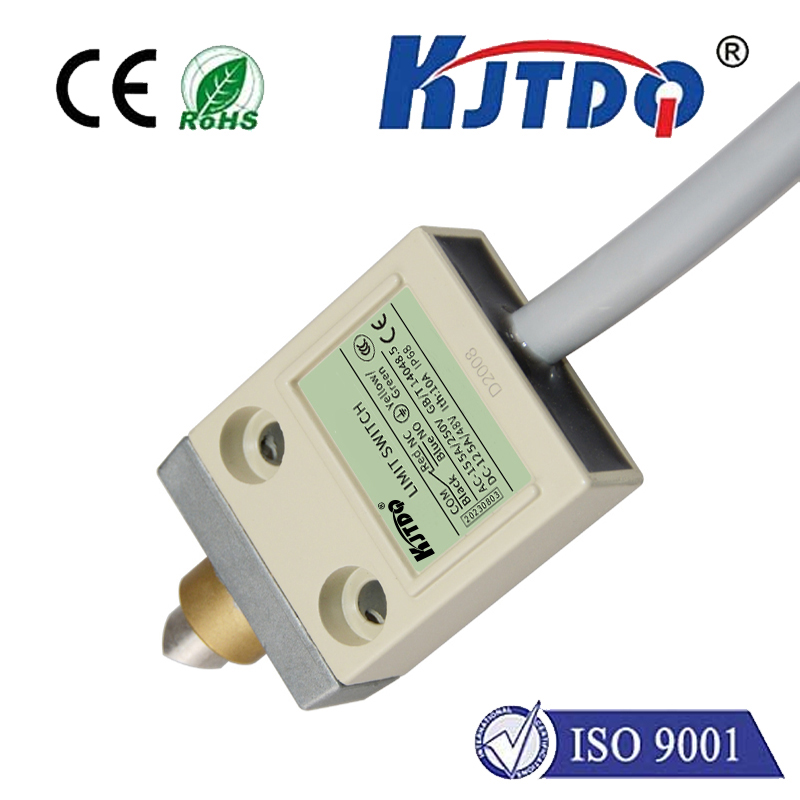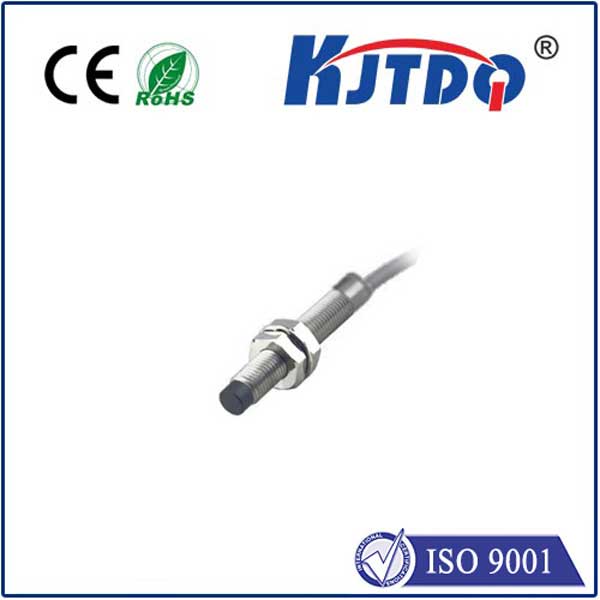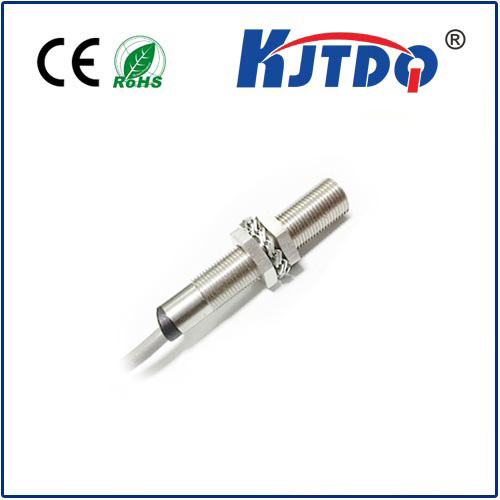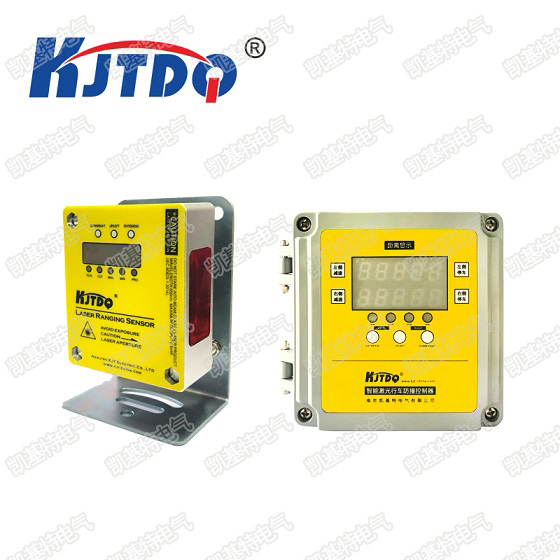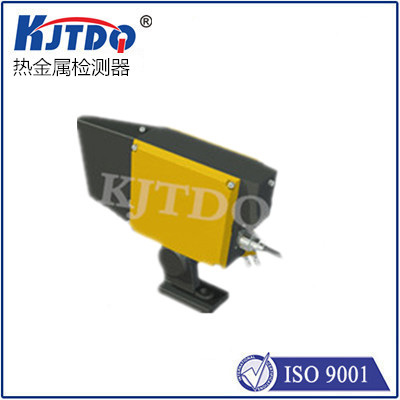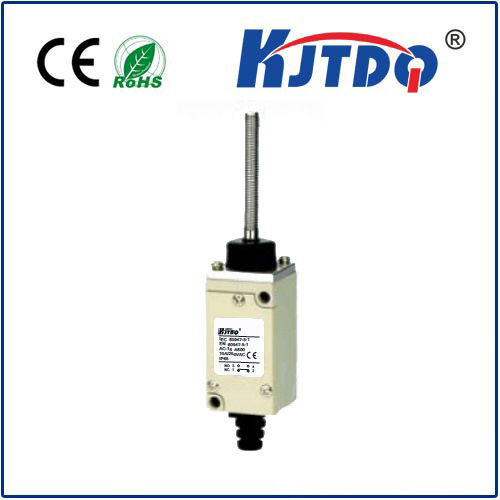
check

check

check

check
Title: Burgess Limit Switch: The Essential Safety Mechanism in Automation Systems
Introduction:
In the world of automation, efficiency and safety are two key factors that drive the success of any system. To ensure optimal performance and minimize risks, manufacturers incorporate advanced components such as the Burgess limit switch. This innovative device plays a crucial role in safeguarding the integrity of automation systems by detecting and preventing unwanted actions. In this article, we will explore the functions and significance of the Burgess limit switch in detail.
Section 1: Understanding the Burgess Limit Switch
The Burgess limit switch is a mechanical or electrical component that is used to detect the movement of a contact or an actuator in an automation system. It works by providing a clear signal when the contact or actuator reaches a specific position, allowing operators to quickly identify and address any issues. The switch can be operated manually or automatically, depending on the requirements of the system.
Section 2: Types of Burgess Limit Switches
There are several types of Burgess limit switches available, each tailored to meet specific needs in various applications. Some of the most common types include:
a) Contact Limit Switches: These switches consist of a movable contact that is brought into contact with a magnetic armature when the switch is activated. They provide a reliable signal even in harsh environments and are suitable for use in applications where high-speed switching is required.
b) Reed Limit Switches: These switches use a thin metal reed that is brought into contact with a magnetic armature when the switch is activated. They are highly accurate and have a long lifespan, making them ideal for applications where precise positioning is critical.
c) Optical Limit Switches: These switches use light emissions to indicate the state of the contact. They offer fast response times and can be used in applications where visibility is essential, such as in machine tools and manufacturing facilities.
Section 3: Applications of Burgess Limit Switches
The Burgess limit switch has numerous applications in automation systems, including:
a) Motion Control: These switches are used to monitor the motion of motors, servos, and other actuators in industrial machinery, ensuring smooth and efficient operation.
b) Positioning Control:limit switches are also used for precise positioning control in robots, robotic arms, and other automated systems. By detecting when the contact reaches its target position, these switches help maintain accurate positioning even in dynamic environments.
c) Safety Monitoring:Limit switches can be integrated into safety systems to detect accidents and prevent equipment damage or injury. For example, they can trigger alarms or shutdown mechanisms if an operator attempts to operate a machine beyond its safe operating range.
d) Environmental Protection:The Burgess limit switch is resistant to environmental factors such as dust, moisture, and temperature fluctuations, making it suitable for use in harsh environments such as food processing plants and chemical factories.
Conclusion:
The Burgess limit switch is a vital component of automation systems that ensures safe, efficient, and reliable operation. Its various types cater to different needs and applications, making it an indispensable tool for manufacturers across industries. As automation continues to advance and new challenges arise, the importance of the Burgess limit switch will only continue to grow.
